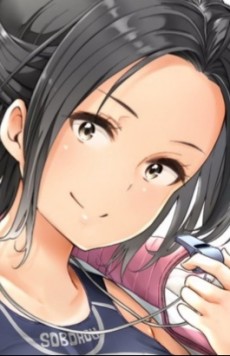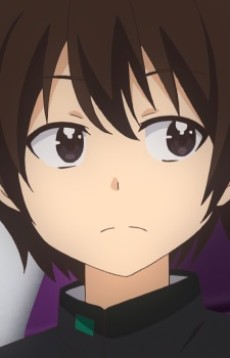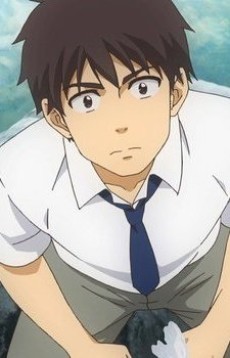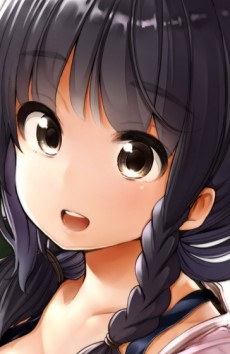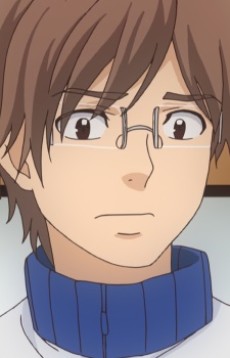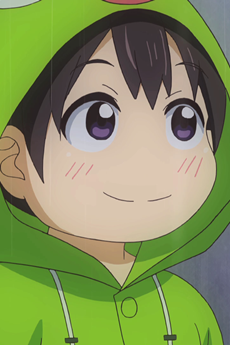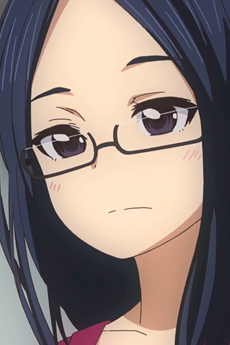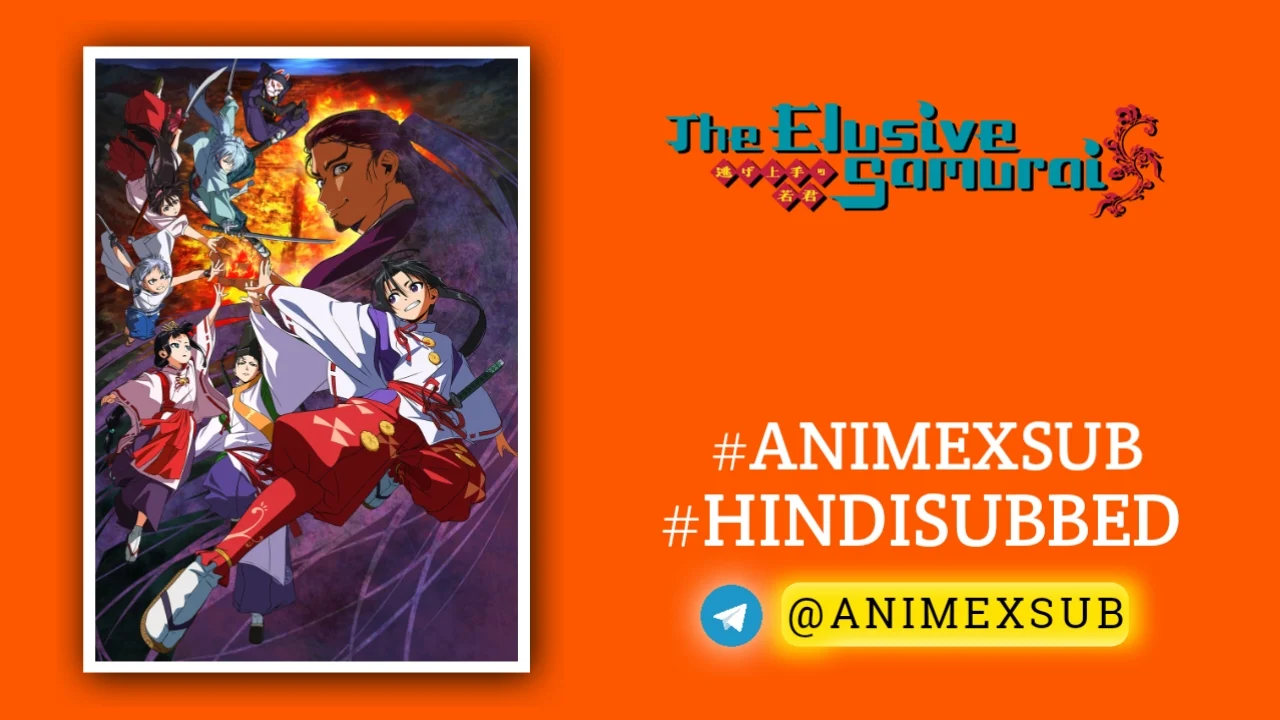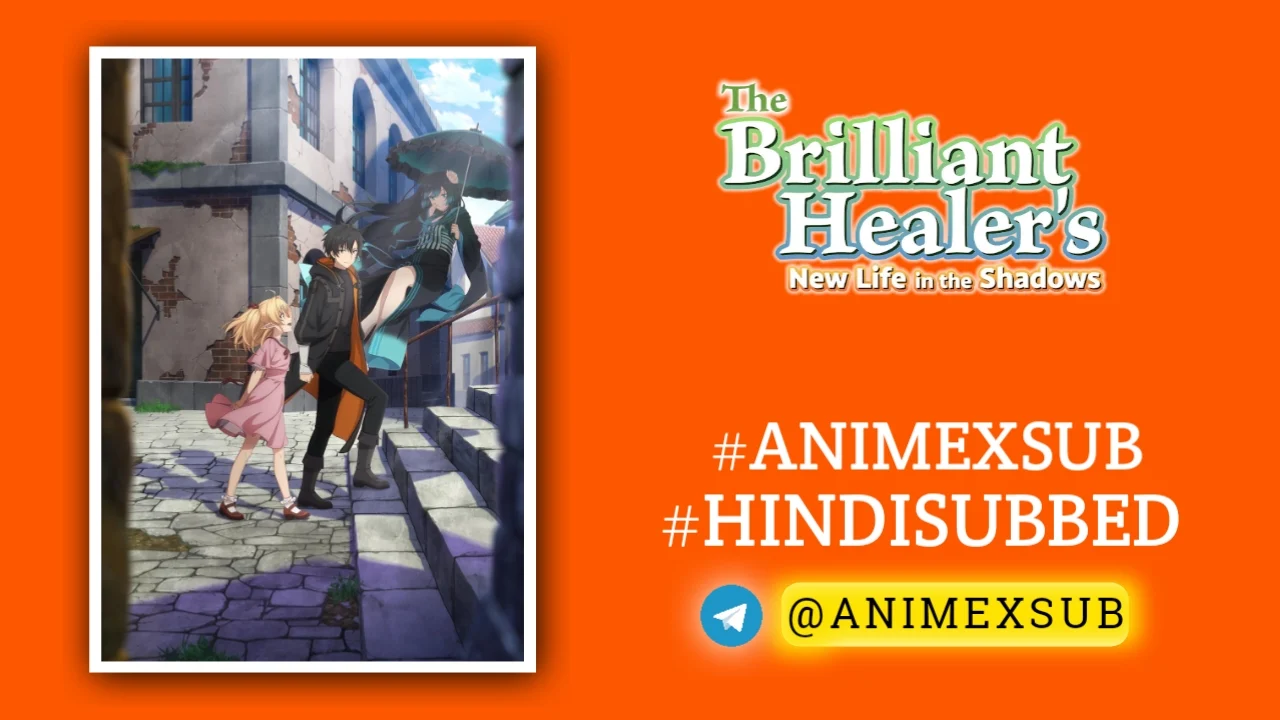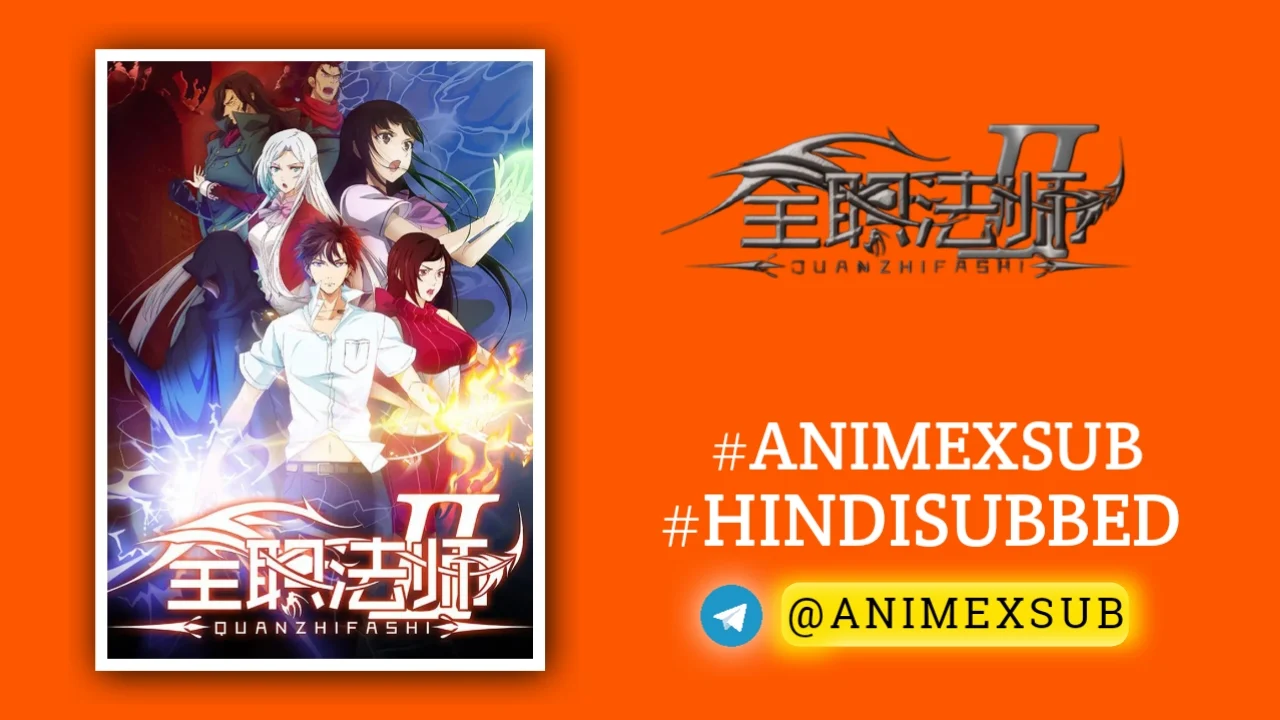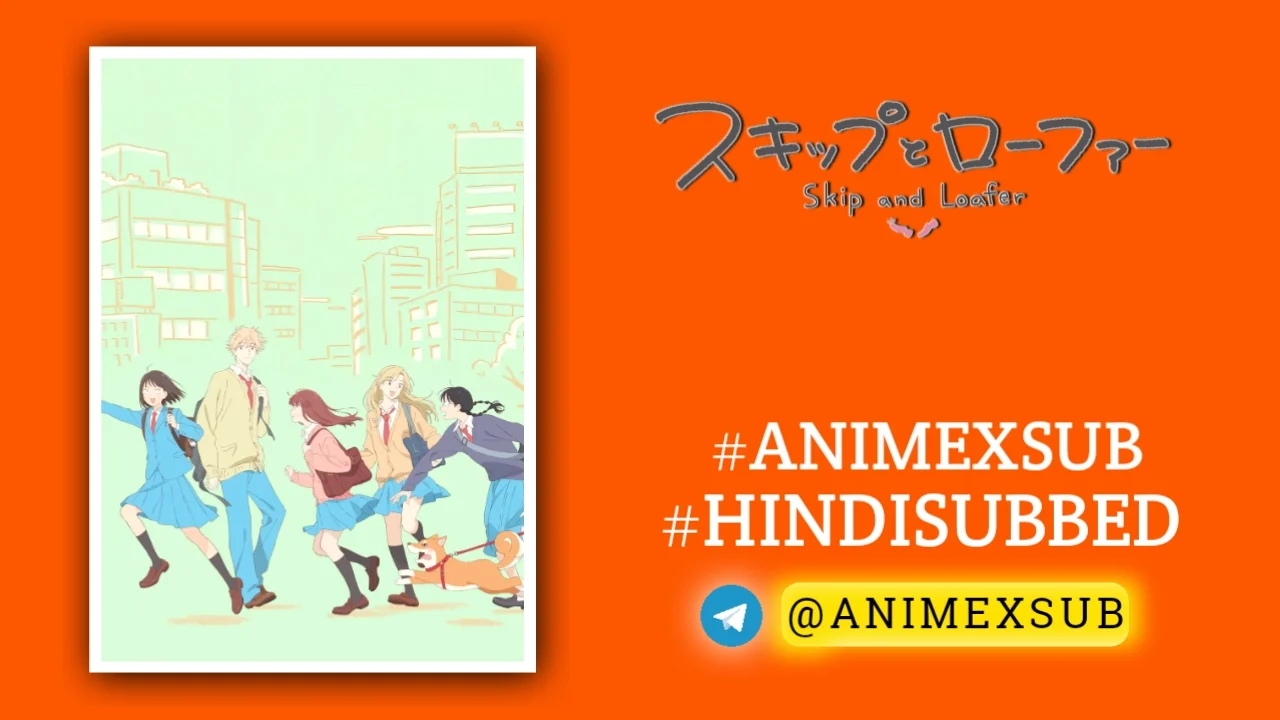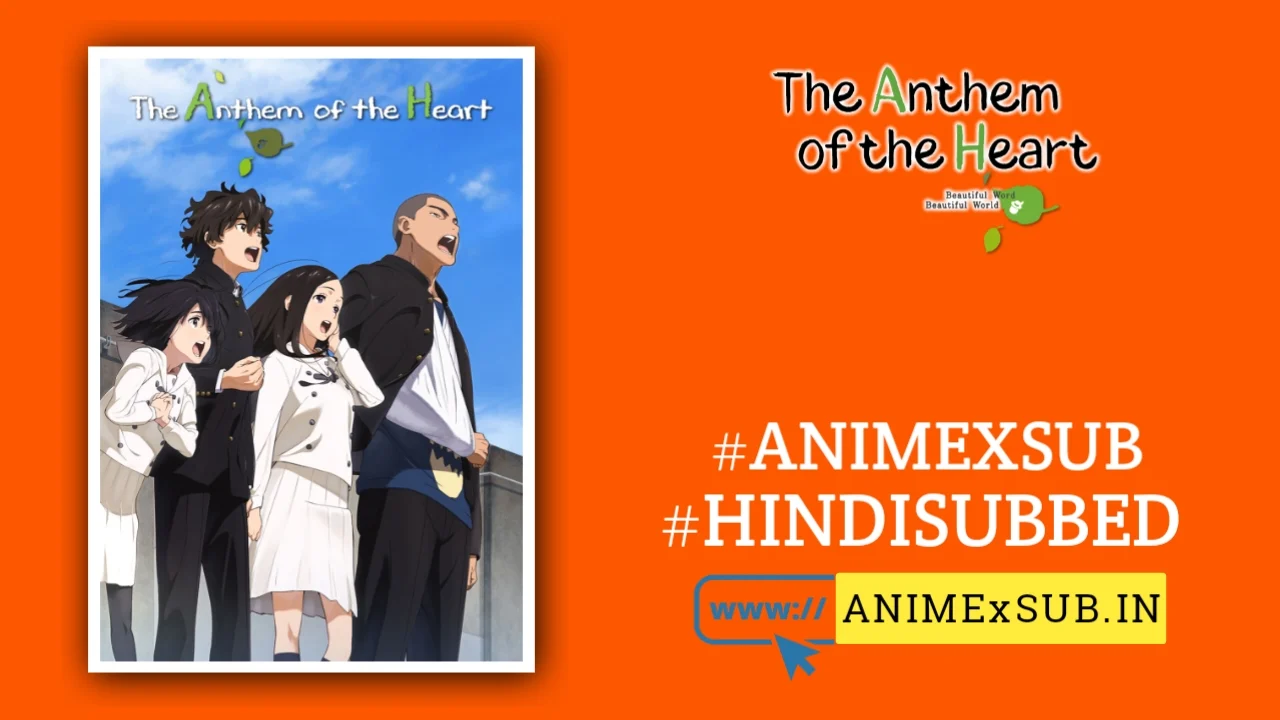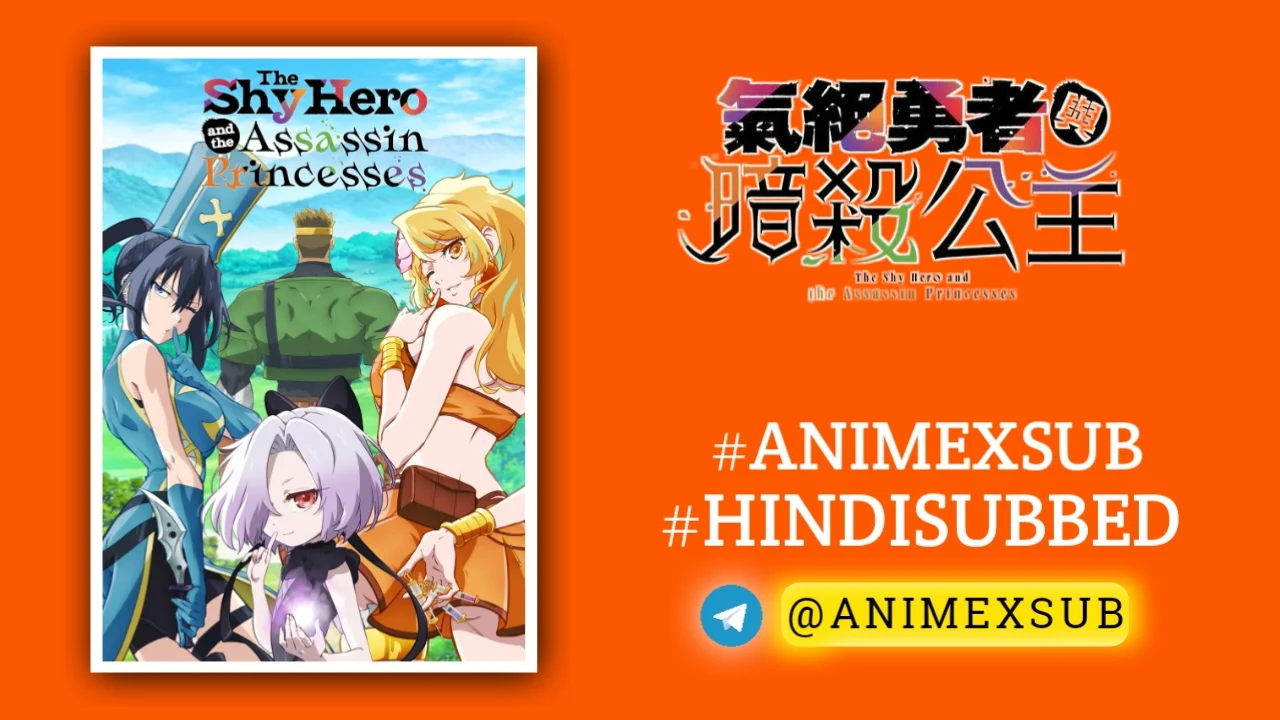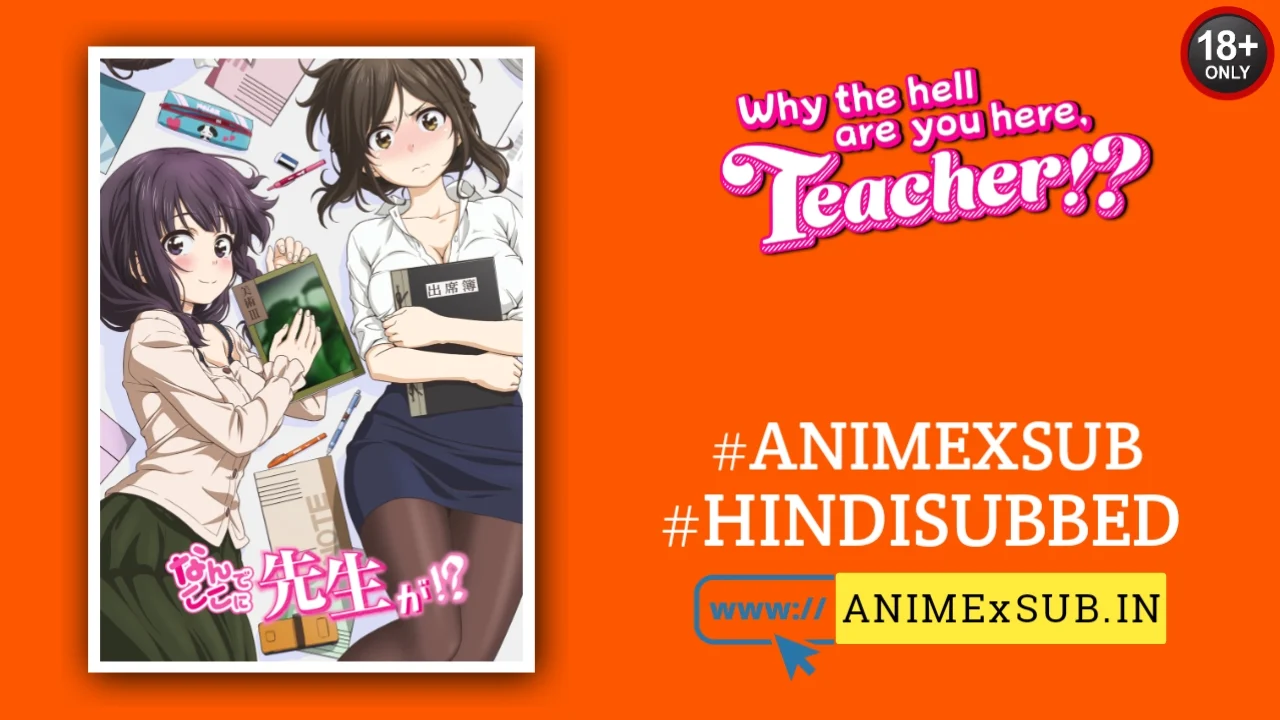
Why the Hell are You Here, Teacher!? Hindi Subbed [13/13] | Nande Koko ni Sensei ga!? Hindi Sub

Nande Koko ni Sensei ga!?
Why the hell are you here, Teacher!?Synopsis
Kawanuma West may be a public school, but some of its students are about to get private lessons in sex ed courtesy of four very attractive teachers! To be clear, none of our lady educational professionals begin their semesters by writing “get involved with a fortunate male member of my class” in their daily planners… but strange and inexplicable things keep happening to thrust our teacher/pupil combos into sexually charged situations where something’s bound to happen! Whether it’s falling into water, doors ripping off clothing, or that frequent staple of Japanese school life, the accidental breast/face collision, these poor ladies just can’t help it. And what are the guys supposed to do as they’re pulled deeper and deeper into titillating TILF traps of epic proportions? (Source: Sentai Filmworks)
Characters
Why the Hell Are You Here, Teacher!? Season 1: A Boundary-Pushing Ecchi Comedy That Delivers More Than Meets the Eye
Why the Hell Are You Here, Teacher!? (Nande Koko ni Sensei ga!?) Season 1, a 2019 anime adaptation of Soborou’s manga, is a provocative, boundary-testing ecchi comedy that thrives on absurdity and subverts expectations. Directed by Hiraku Kaneko and Toshikatsu Tokoro at Tear Studio, this 13-episode series (12 main episodes plus an OVA, each ~12 minutes) dives headfirst into risqué humor, weaving awkward student-teacher encounters with surprising emotional depth. While its premise might raise eyebrows, the show’s self-aware execution, vibrant animation, and nuanced character dynamics make it a standout in the ecchi genre. Here’s an in-depth, spoiler-light exploration of why this series is both polarizing and captivating.
A Premise That Challenges Norms
The show follows four high school boys—Ichiro Sato, Rin Suzuki, Takashi Takahashi, and Ko Tanaka—who find themselves in absurdly compromising situations with their respective teachers: Kana “The Demon” Kojima, Mayu Matsukaze, Hikari Hazakura, and Chizuru Tachibana. Each arc (typically 3–4 episodes) focuses on one student-teacher pair, with scenarios ranging from accidental wardrobe malfunctions to bizarrely intimate encounters in settings like laundromats, beaches, or school infirmaries. The title’s question—Why the hell are you here, teacher!?—is a recurring comedic cry, encapsulating the absurdity of these chance meetings.
What sets the series apart is its refusal to shy away from its controversial premise. It romanticizes student-teacher relationships, a taboo subject that’s understandably divisive. However, the show frames these dynamics as fictional, exaggerated fantasies, never pretending to reflect real-world ethics. This self-awareness, paired with its comedic tone, allows it to explore risqué territory without feeling exploitative, though viewers sensitive to such themes may find it challenging.
Strengths: Humor, Heart, and Visual Flair
- Self-Aware Comedy: The series leans into its absurdity with sharp comedic timing. Each episode crafts increasingly outlandish scenarios—like Ichiro and Kana trapped in a laundromat during a thunderstorm or Rin shielding Mayu after her shirt snags on a train door. These moments are played for laughs, not drama, and the show’s ability to escalate from calm to chaotic is masterful. The English dub, featuring Austin Tindle’s exasperated delivery of the titular line, amplifies the humor, giving the male leads more personality than their stoic Japanese counterparts.
- Surprising Emotional Depth: Beyond the ecchi antics, the series builds genuine romantic connections. Each teacher—Kana (tsundere), Mayu (dandere), Hikari (deredere), and Chizuru (kuudere)—has a distinct personality that complements their student counterpart. For instance, Chizuru and Ko’s arc feels organic, with her pausing their romance until his graduation, adding a layer of restraint and maturity. These moments of vulnerability, like Hikari’s playful energy backfiring or Kana’s tough exterior softening, create unexpected attachment to the characters.
- Polished Animation and Sound: Tear Studio delivers vibrant visuals that enhance the comedy and fan service. Character designs are expressive, with the female teachers’ exaggerated curves balanced by dynamic animation that captures the chaos of each scenario. Backgrounds, though simple (schools, beaches, homes), are colorful and effective. The soundtrack, including a subtly seductive opening theme, complements the tone without overpowering it. The voice acting, especially in the English dub, adds cheesy charm that suits the show’s irreverent vibe.
Weaknesses: Repetition and Ethical Concerns
- Formulaic Structure: The episodic nature, while effective for short bursts of comedy, can feel repetitive. Each arc follows a similar pattern: an improbable situation leads to nudity or intimacy, followed by a romantic resolution. By the third or fourth arc, the formula risks monotony, especially since the male leads are intentionally bland to serve as viewer proxies, limiting their depth.
- Ethical Discomfort: The student-teacher dynamic is a hard sell for some. While the show is fictional and doesn’t endorse real-world equivalents, its romanticization of age-gap, power-imbalanced relationships can alienate viewers. The series mitigates this by keeping encounters accidental and consensual, but it’s a hurdle for those prioritizing ethical storytelling.
- Lack of Narrative Continuity: Each couple’s arc wraps up neatly, with minimal interaction between pairs until the OVA. This segmented approach makes it hard to stay invested in earlier characters once their story concludes, though the final episode ties things together cleverly.
Unique Elements That Elevate the Series
- Short-Form Brilliance: At 12 minutes per episode, the series is a masterclass in pacing, delivering just enough plot, humor, and fan service to keep viewers hooked without overstaying its welcome. This brevity makes it an easy binge, perfect for those seeking quick, guilty-pleasure entertainment.
- Character-Driven Humor: The teachers’ distinct archetypes (tsundere, dandere, etc.) are played to perfection, with each bringing a fresh spin to the ecchi formula. Hikari’s chaotic energy and Chizuru’s cool restraint stand out, making their arcs memorable. Even minor characters, like a mischievous hermit crab in one episode, steal the show with absurd humor.
- Censored vs. Uncensored Appeal: The censored version (available on platforms like Crunchyroll) is surprisingly funny, relying on clever editing to maintain humor without explicitness. The uncensored version, however, embraces the manga’s raw ecchi roots, appealing to fans of bolder content. This dual accessibility broadens its audience.
Cultural and Genre Context
As an ecchi comedy, Why the Hell Are You Here, Teacher!? fits snugly within the genre’s tradition of exaggerated, humorous fan service, akin to Prison School or My Teen Romantic Comedy SNAFU but with a sharper focus on teacher-student dynamics. Its roots in Soborou’s manga, which blends erotic and romantic comedy, give it a unique edge over tamer peers like Okusama ga Seitokaichou!. The series also reflects Japan’s “lucky sukebe” trope—accidental perverse encounters—taken to extremes, making typical anime mishaps (e.g., tripping into a girl’s chest) seem tame by comparison.
Who Should Watch It?
This anime is a love letter to ecchi fans who enjoy over-the-top humor and don’t mind morally gray premises. It’s ideal for viewers seeking lighthearted, risqué escapism with a touch of romance. However, those sensitive to age-gap dynamics or seeking deeper narratives might prefer alternatives like Domestic Girlfriend for taboo romance or Classroom of the Elite for high school drama with milder fan service.
Final Verdict
Why the Hell Are You Here, Teacher!? Season 1 is a bold, hilarious, and visually engaging ecchi comedy that knows exactly what it is: a ridiculous, fan-service-heavy romp with just enough heart to keep you invested. Its short episodes, memorable characters, and self-aware absurdity make it a standout, though its repetitive structure and ethical gray areas won’t win everyone over. For those who can embrace its unapologetic vibe, it’s a wildly entertaining ride that redefines “next-level” ecchi. Score: 7.5/10
Where to Watch: Check availability on platforms like Crunchyroll or Prime Video (availability varies by region). Physical Blu-ray releases offer both censored and uncensored versions.
Support Our Anime Community!
Love watching the latest anime? Help us keep uploading new episodes by join telegram channel ❤️
Join Now!